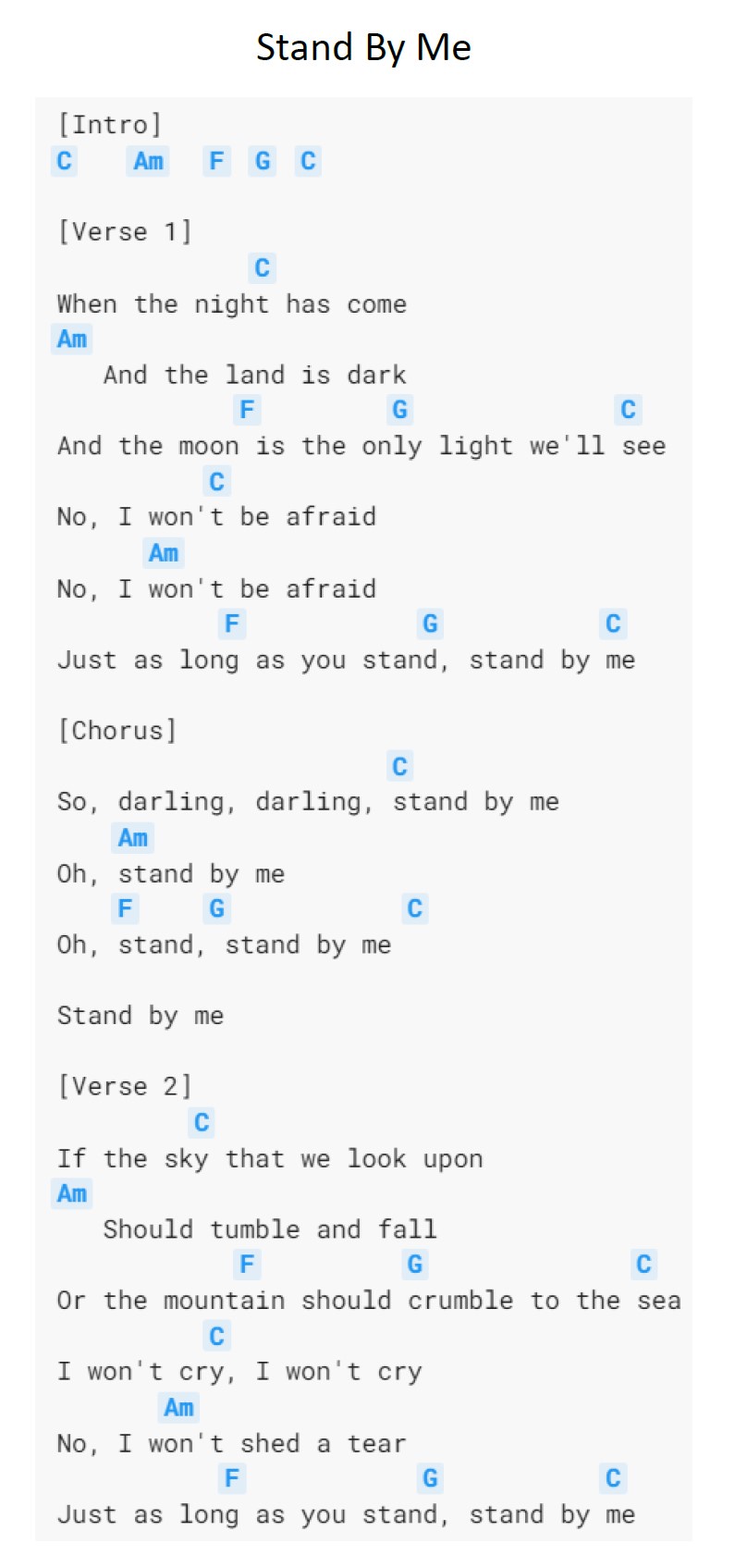Hi Sophia, many pop songs follow a particular chord progression. One of these progressions is I (tonic), IV (subdominant), V (dominant) and then repeat. For example, in the key of C, this would be C, F, and G. So, I could be playing the root with fingers 1 and 5 in the left hand, an octave apart. And in the right hand, the actual chord (either inverted or not, inverting can help to stay within a certain keyboard range and avoids jumping around with the right hand). I play some of these progressions as warmup, as they are bound to sound "good." I believe Ranjit says that you could predict where the song is going. If you have just played the IV chord, then likely the next chord is going to be V, and then back to chord I. And when he says the specific chords can vary, he means that the name of the chord changes for I (tonic), IV (subdominant), V (dominant) dependent on which key you are in. For example, the tonic in the key of C is C while the tonic in the key of G is G.
Below are more examples for chord progressions:
https://online.berklee.edu/takenote/common-chord-progressions-and-how-to-make-them-your-own/
In the below chord chart, you can see the chord progression: C, Am, F, G, C ... in other words, for the key of C, this is 1, 6, 4, 5, and back to 1. This is another one of the progressions that sound good. Sorry, I don't know yet how to make the picture smaller. So, you could be playing this song mostly by just remembering the chord progression because that chord progression should be largely repetitive throughout the song. And if you want to transpose in a different key, that would work as well. For example if you would want to play the song in the key of G instead of key of C, then the 1 chord would be the G, the 6 chord the E, the 4 chord, the C, and the 5 chord the D.

So, I know this best from the world of pop songs, etc. (non-classical). Whether this also applies to some classical pieces, I don't know. But just check the song in your book on the next page and see in which key it is, and then see if you can recognize a chord progression (for example in the lower staff; the chord could also be arpeggiated).
My favorite resource for this is www.pianoforall.com This is an incredible course that explains much of this in detail. This course is also available on udemy sometimes for around $15. If you contact Robin Hall, the course creator, he might send you a coupon.
Best,